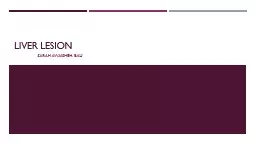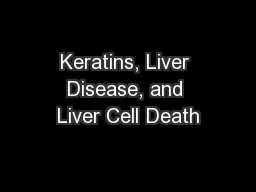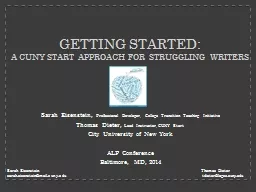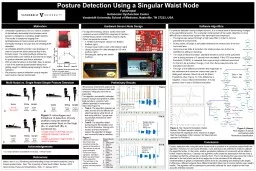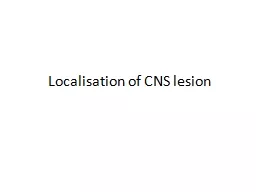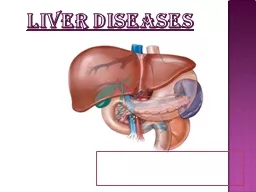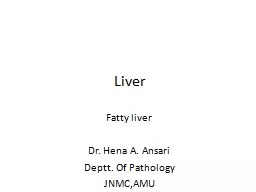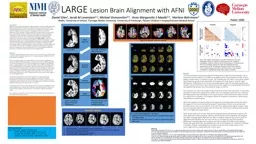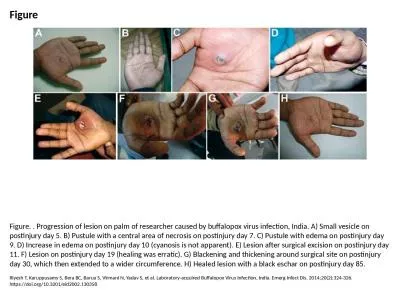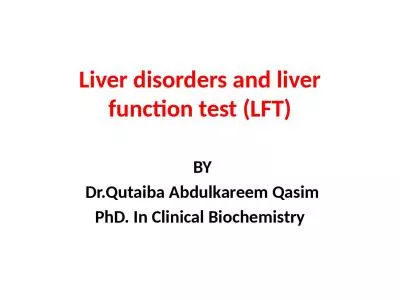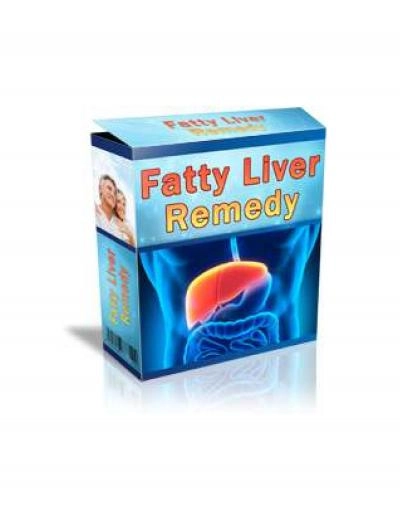PPT-Liver lesion SARAH AWAISHEH, BAU
Author : PeacefulPassion | Published Date : 2022-07-28
Liver anatomy It is the largest abdominal organ 1500g ribs amp ccs 610 on R 6 amp 7 on L Two lobes Cantles line Two surfaces
Presentation Embed Code
Download Presentation
Download Presentation The PPT/PDF document "Liver lesion SARAH AWAISHEH, BAU" is the property of its rightful owner. Permission is granted to download and print the materials on this website for personal, non-commercial use only, and to display it on your personal computer provided you do not modify the materials and that you retain all copyright notices contained in the materials. By downloading content from our website, you accept the terms of this agreement.
Liver lesion SARAH AWAISHEH, BAU: Transcript
Download Rules Of Document
"Liver lesion SARAH AWAISHEH, BAU"The content belongs to its owner. You may download and print it for personal use, without modification, and keep all copyright notices. By downloading, you agree to these terms.
Related Documents

